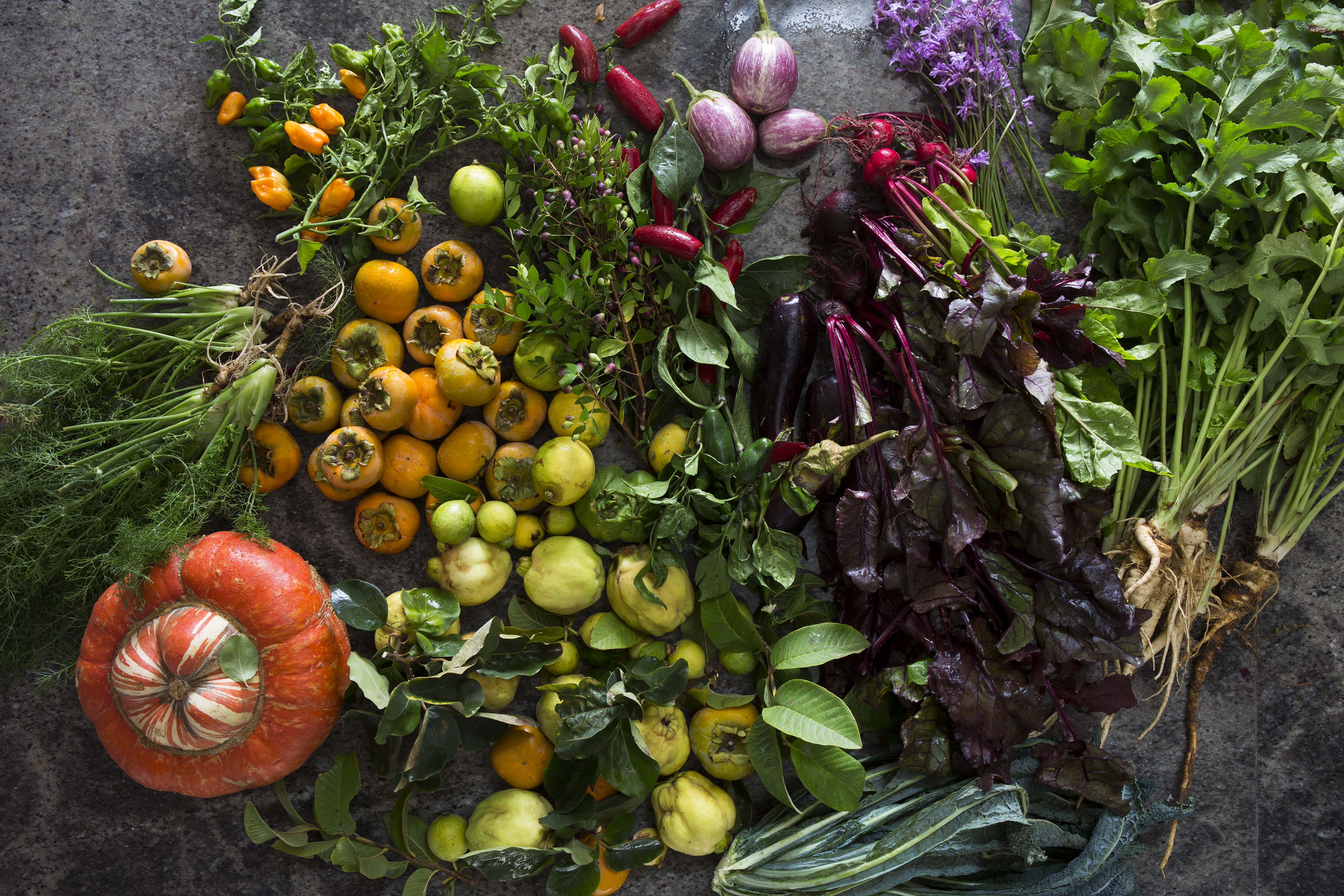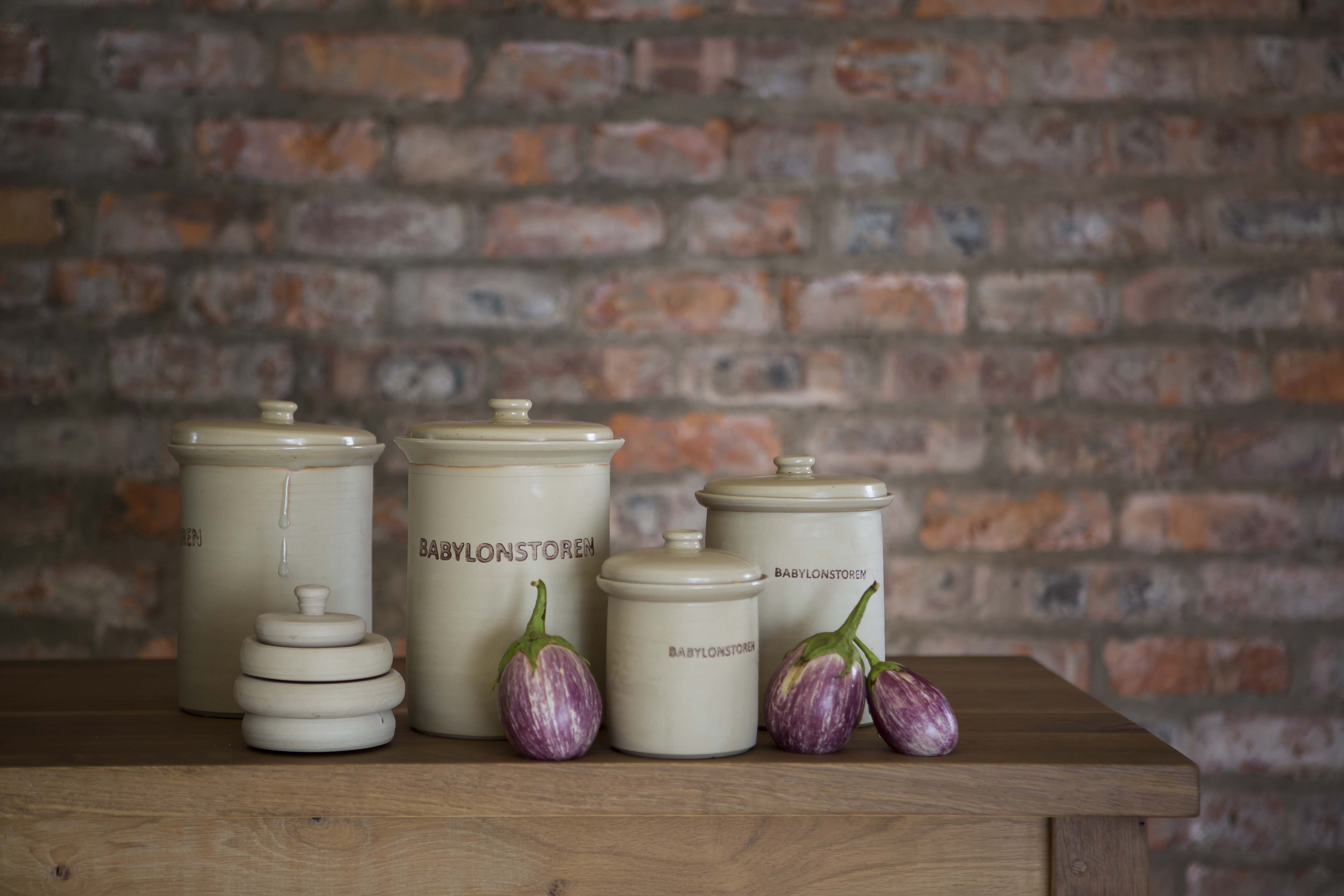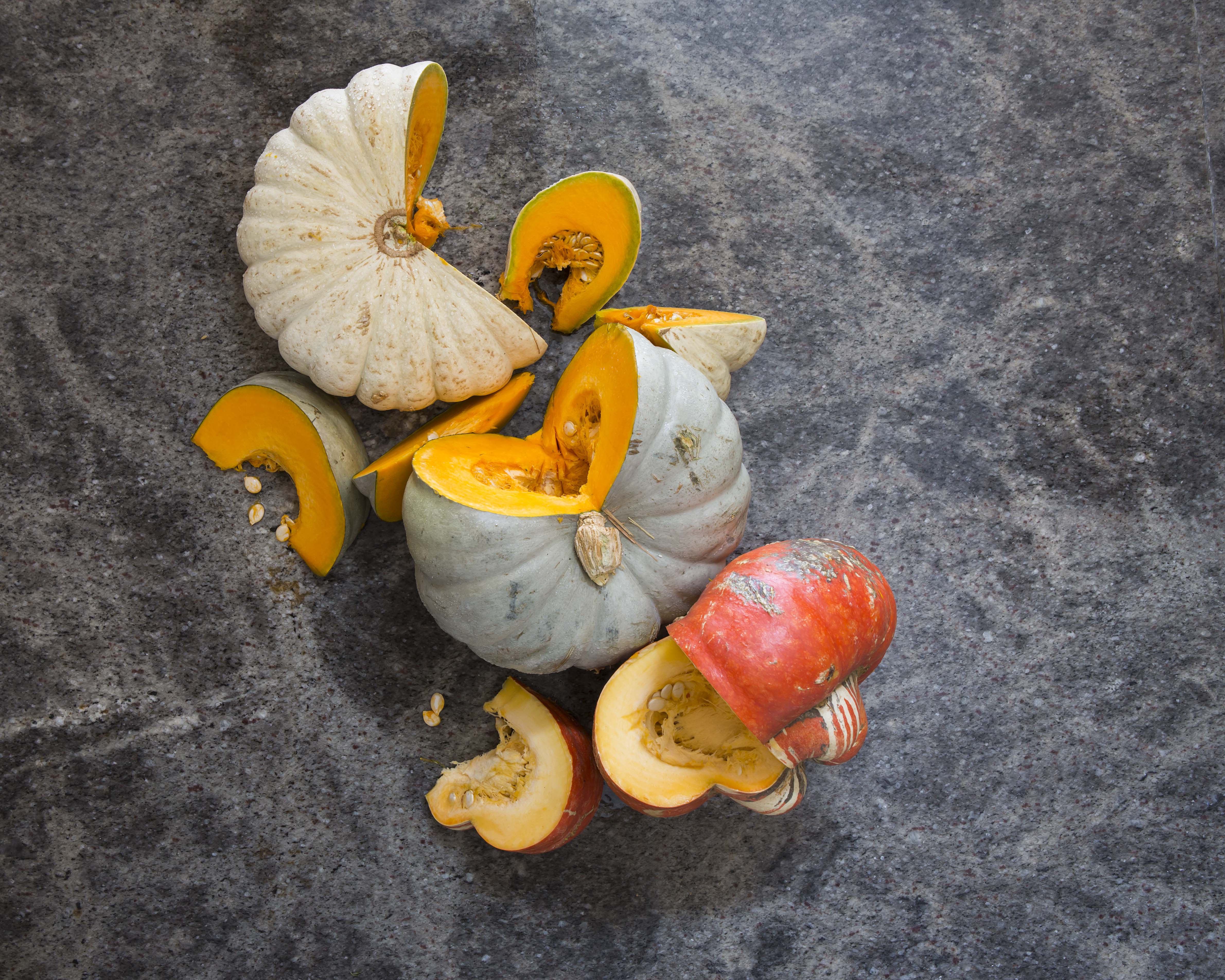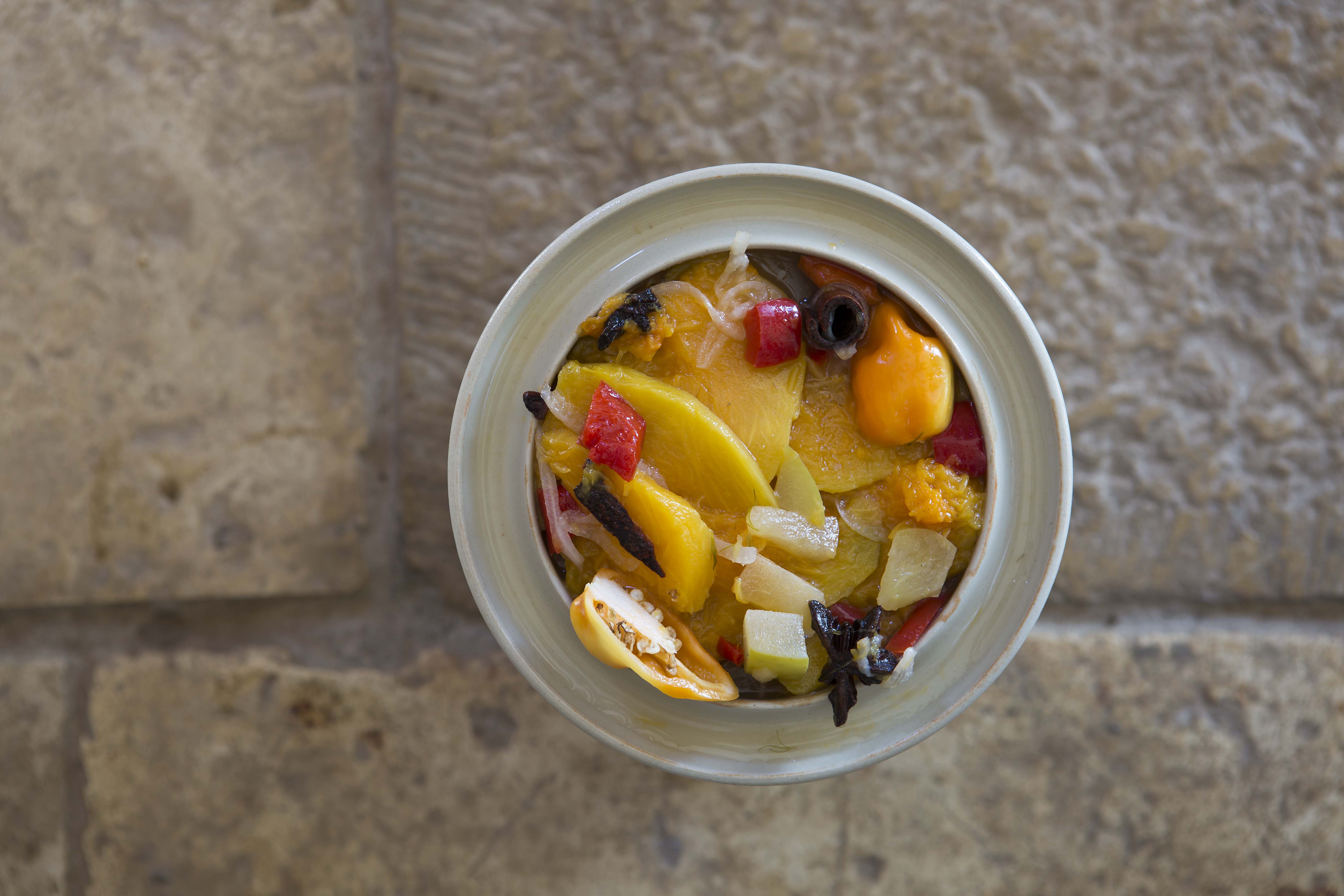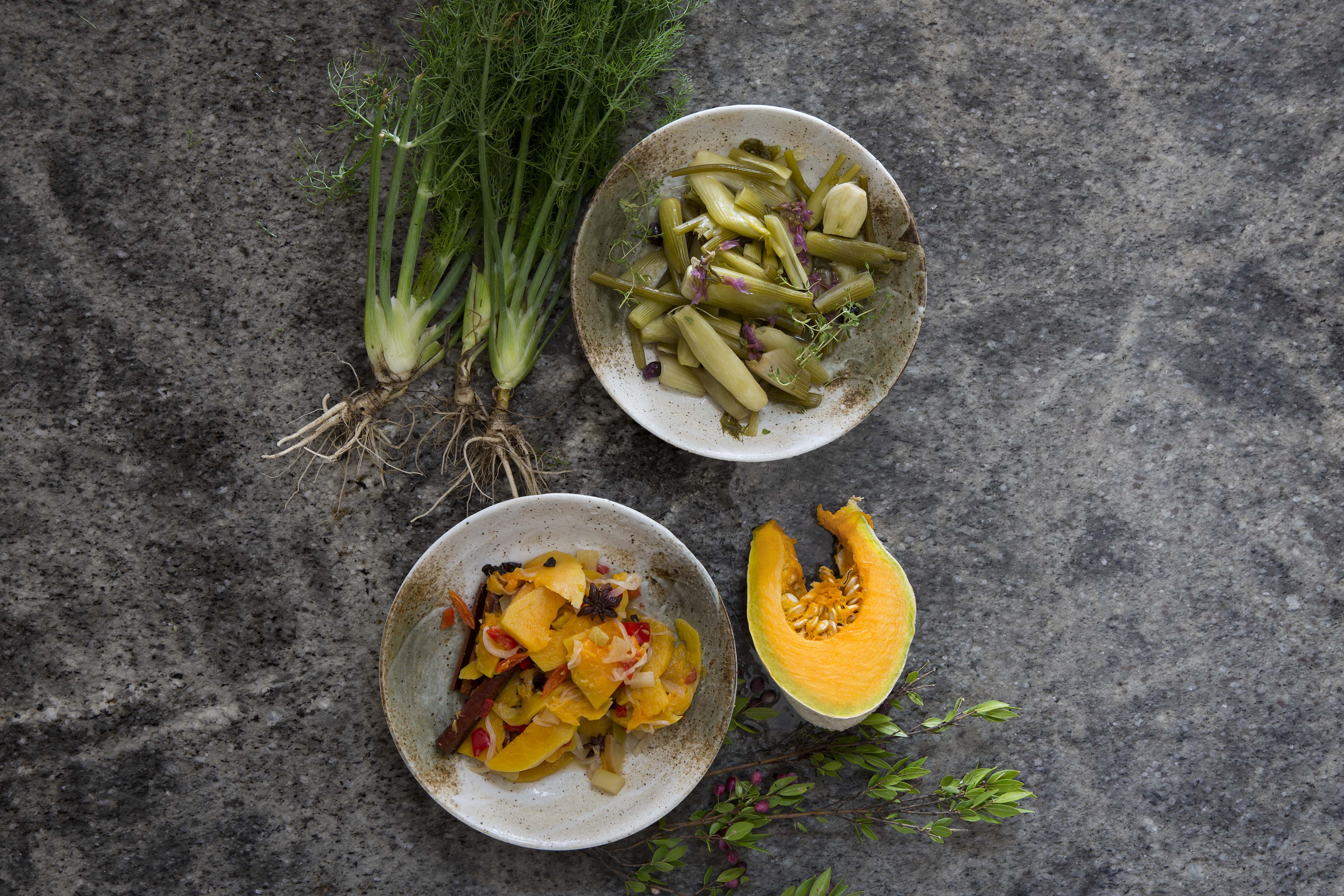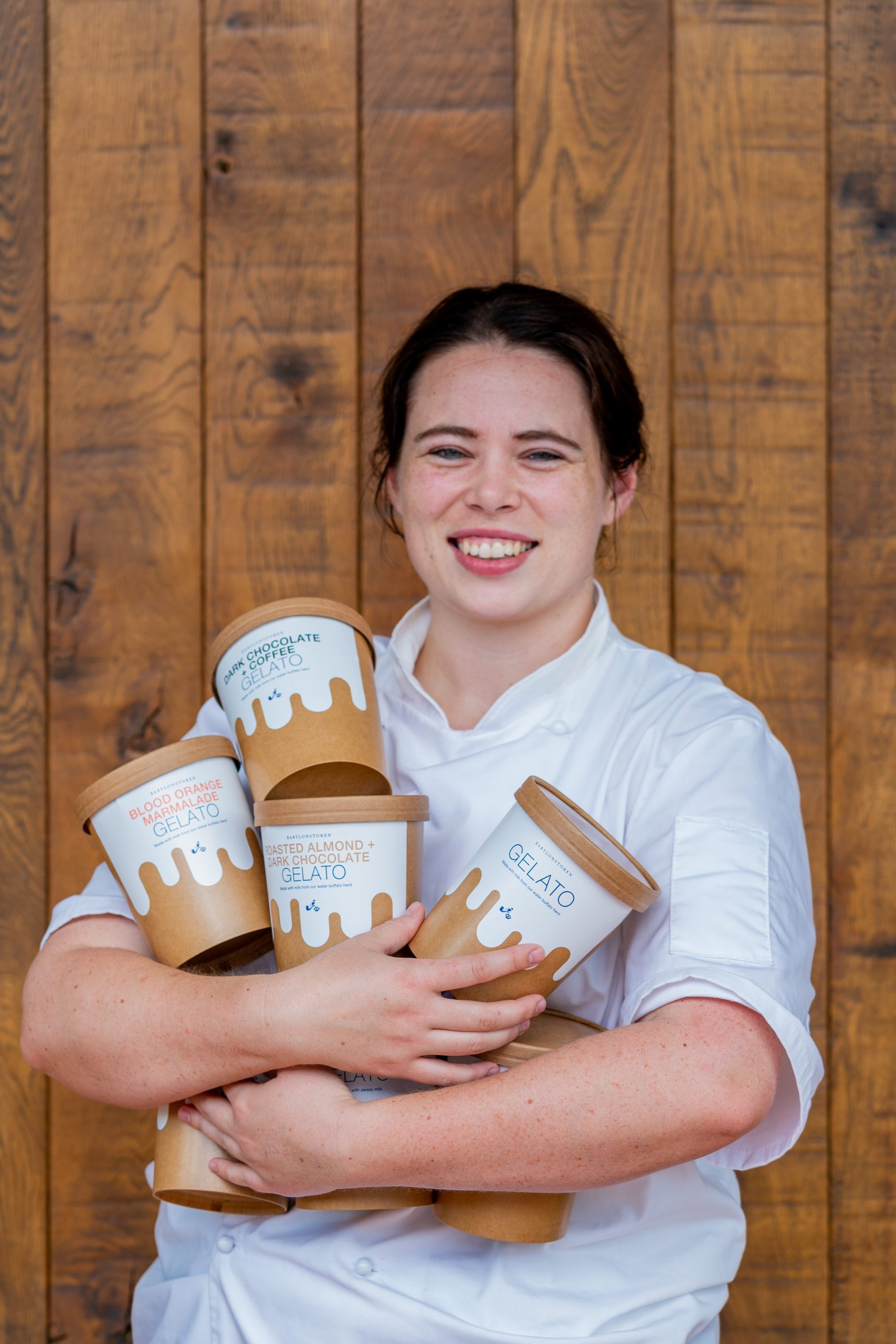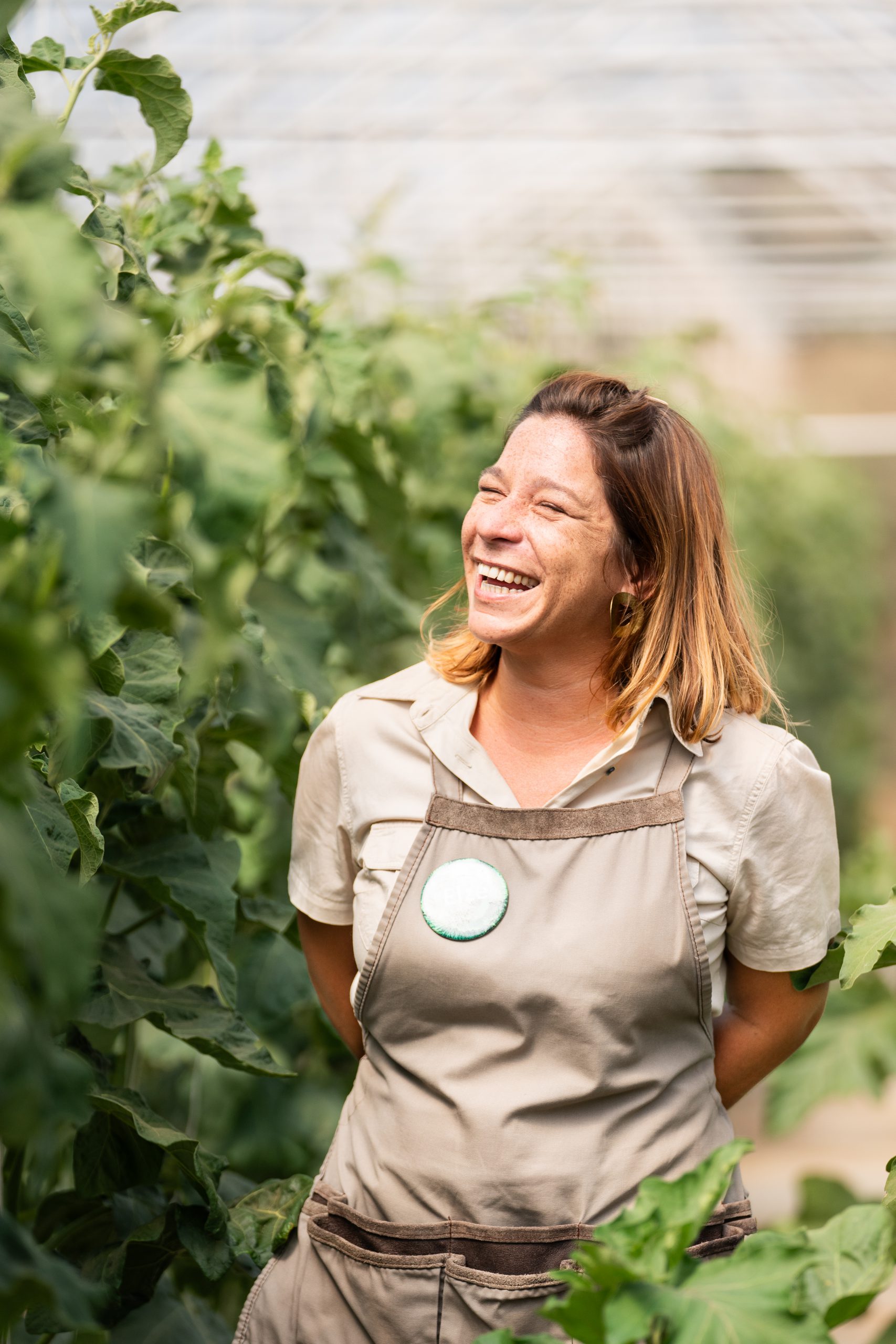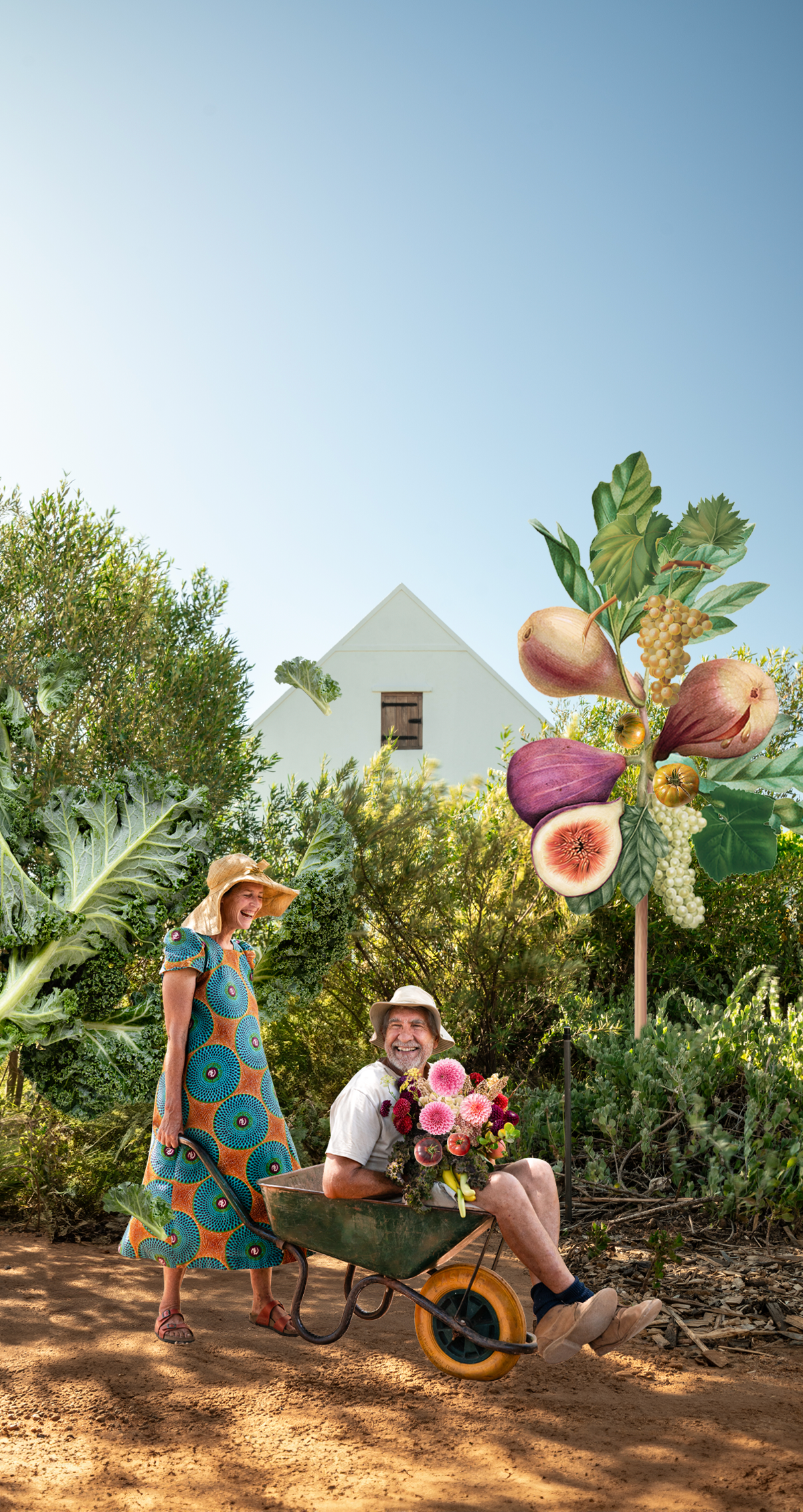Home fermentation is having a moment
June 19th, 2017Fermentation and pickling are traditional methods of preserving food that have been practised across the globe for many centuries. With this age-old practice being the new flavour sensation we are experimenting with innovative flavour combinations on our Babel winter menu. Join us for a warm winter lunch and experience the taste of fermented beetroot with star anise, caraway or fermented orange juice during breakfast.
Pickling is the quicker method and involves soaking the food in an acidic liquid to produce a sour taste. But during fermentation, which is a far more time-consuming process, no acid is added to the food and the sour taste is a result of a chemical reaction between the food’s sugars and naturally present bacteria. These bacteria break down the food fibres and introduce a variety of enzymes and probiotics into the product. The end result is a nutrient-rich, highly digestible food supplement. Quick pickling will preserve the food and allow you to bottle it for long-term storage, but it does not offer the probiotic benefits of fermentation.
Purchase your own fermenter from our Online Shop and put these tips to the test.
USING YOUR FERMENTER
Rinse or soak the vegetables of your choice in a weak brine solution and shake dry. Cut the vegetables to the desired size. Place the prepared vegetables as tightly as possible into your fermenter – about ¾ full – and fill up with the fermenting medium. This medium can either be a brine solution, celery juice, brine inoculated with liquid probiotic or kefir whey, each resulting in a different taste.
Place the weights on top of the vegetables. Do not overfill the fermenting crock, but see to it that the weights are covered with brine, ensuring there is 2–3 cm space at the top of your jar. In order to ensure that your vegetables stay crunchy and remain covered in brine during fermentation, add a few leaves of green tea.
Or cut a cabbage leaf or sheet of nori (seaweed) into a circle large enough to cover the vegetables. Cover the rim of the fermenting crock with olive oil to create an airtight seal, allowing carbon dioxide to escape, but preventing oxygen from entering the crock.
FERMENTING TIPS
- Use high-quality, fresh, organic vegetables for the best results.
- Do not use iodised salt but rather add a good-quality salt such as Khoisan, Oryx, Himalaya or pure sea salt.
- The use of clean, filtered or bottled water containing no chlorine is recommended.
- Always use a clean fermentation pot and clean utensils – make sure there is no soap residue, also when using a dishwasher.
- During fermentation and decanting, be sure that your fingers never touch the brine.
- Do not open the lid during the first 5 days since this is an anaerobic process.
- Air bubbles escaping through the oil is a positive sign confirming that the fermentation process is active.
- The fermentation process takes 7 to 10 days in summer and up to 14 days during cold winter months. Once ready, place the food in a glass jar and keep in the refrigerator.
BRINE
Dissolve 1 medium heaped tablespoon of salt in 1 litre of filtered water. For whole vegetables, add an additional flat tablespoon of salt. Alternatively, use our fermenting liquid to help break down the veggies.
Shop our fermentation crocks here.
